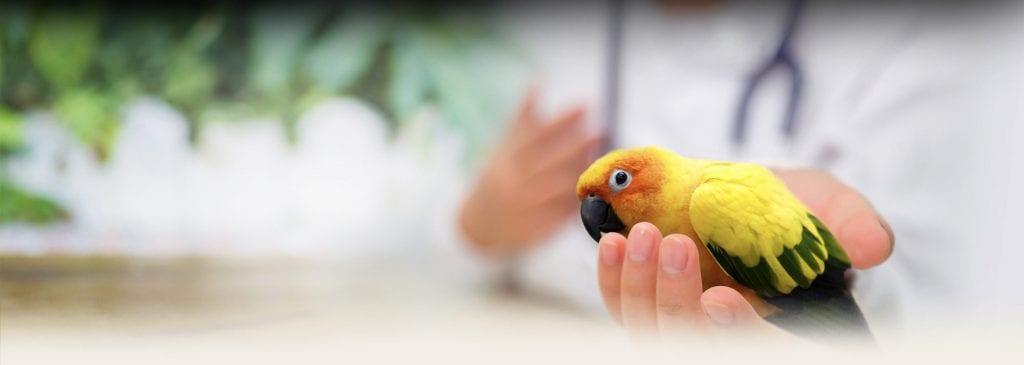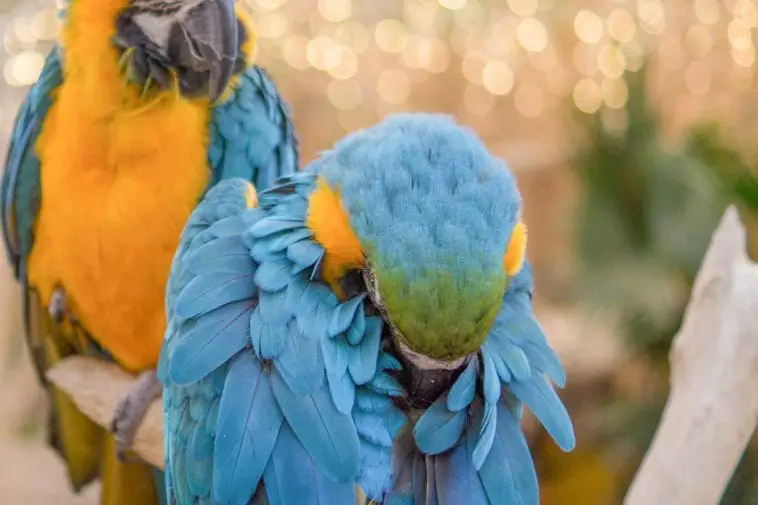Birds are some of the most popular types of pets in the world and are probably only behind dogs and cats in that regard. After all, birds are beautiful animals to look at because of how bright their colors are. In some cases, they are also fun pets to be with because they can get silly, playful, and friendly. There are also times when birds get affectionate and would want to try to bond with you.
But as good as birds are as pets, birds are not always as receptive as dogs and cats are when it comes to petting. They may be beautiful to look at, but some birds simply are just easier to look because of how difficult they are to the pet for some owners. There are some birds that do not like getting petted because they will feel like you are invading their personal space. But that does not mean you won’t be able to pet your bird if it isn’t the most receptive to petting.
Here are some steps you need to take to learn how to pet your bird and to train your bird to become more receptive to petting:
Study your bird and learn more about the signs it gives you
When you are trying to pet your bird or if you are still in the middle of training it for petting, you must first try to study it first and learn more about its movements and habits before you do anything else. Try to observe its behavior and how it acts towards you whenever you are close by. Look for signs and cues that can give off anything that would tell you that it isn’t receptive to petting.
If the bird is acting a bit stiff and seems like it is staring at you in a weird and less than affectionate way when you are near it, then it might not be receptive to petting. If it tries to run away or even act aggressively towards you when you actually try to get close to it inside its cage, then the logical conclusion is that it does not like getting handled or petted. Read the signs and make the best possible conclusion when it comes to how your bird acts towards you whenever you are near. You may be a threat to it, or it might be too shy to the point that it doesn’t even like it when you are nearby or whenever you try to handle it.
Meanwhile, if the bird feels relaxed and at ease when you try to come near it, that only means that it actually may be receptive to getting handled. There are some who will even bow their heads, hoping to get scratched. If your bird is receptive to you and is not shy whenever you are around, then that is a sign that it is not only receptive to petting but is also a happy and friendly bird.
Approach the bird in a slow and steady manner

After observing the bird’s body language to learn more about how receptive it is to getting petted, what you should do is to try to approach it in a slow and steady manner to initiate petting. The reason why you need to approach it slowly is that birds are very sensitive and alert animals that can easily get startled if you approach them too quickly. In that sense, you would not want to startle the bird and stress it out if you come near it too fast.
Approaching the bird, calmly also creates an environment that allows the bird to stay calm in your presence. This also allows the bird to comprehend what you are trying to do so that it won’t get startled by any and all of the movements you do while you are approaching it. Even when you are moving your arm towards the bird, try to make sure that you do so in a slow and calm manner. Sticking your hand inside the cage fast enough will more than likely startle your pet bird and will make it too scared to even come close to you at all. Always see to it that you are within the bird’s line of vision so that it will be able to see you. If not, there will be a chance that you will startle it even if you actually approach it in a slow and steady manner.
Try to talk to the bird in a soft and calm manner

When you are already close to the bird and that if it was not shocked or startled when you came close to it, you might want to try to talk to it in a soft and calm manner to create a comfortable and calm environment around it. Use your softest speaking voice as much as possible so that it will feel comfortable with you being around it. Never try to use a loud speaking voice. Also, try minimizing using a baby voice as your bird might not be able to recognize your normal voice if it gets used to a baby voice.
Start petting your bird slowly

Work your way up to petting your bird in a manner that is steady and slow so as to avoid startling it. The first place that you should start when you are training it for petting is beak. Gently touch and pet the beak and be careful when you are doing so to avoid scaring it off. If you have a bird that is not too receptive to getting handled, be ready for it to nip or bite you.
After that, try to gently work your way to the skin behind its beak and then to the side of its head. You should then move to the body and try to pet it gently. Always make sure that you are not petting against the grain of the feathers as that will be too irritating for the bird. Always pet towards the direction of the feathers to make it more comfortable for the bird.
Rinse and repeat
Even if you follow the steps above, there is still a chance that you won’t end up with a bird that is already receptive to getting petted even by its owner. There is still a possibility that the bird will still be too shy even after you tried to pet it several times already. The trick here is to never give up. Stay patient and resilient when you are trying to train the bird of petting. However, you should also see to it that you do not show any signs of frustration because the bird will easily detect such emotions coming from you. If the bird feels that you are frustrated, it might feel frustrated as well and will become more difficult for you to pet or handle. In any other case, even after doing everything you can to try to train your bird for petting, there is still a chance that it still won’t be receptive to it. That can only mean that there might be underlying problems that contribute to that kind of behavior. It might have been maltreated by its previous owner, or you might not be giving it the right type of food. Whatever the reason is, you should try to correct its behavior first before you try to train it for petting.


